Name Carl Freedman | ||
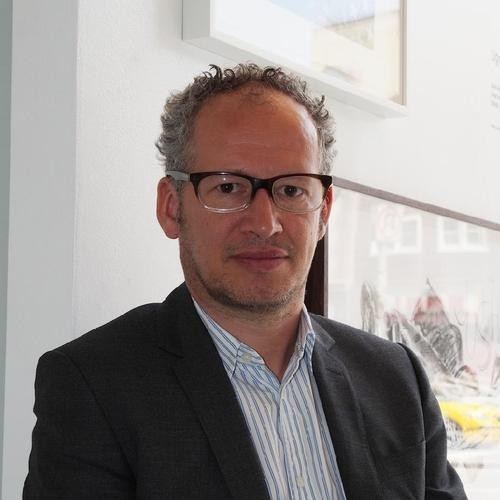 | ||
Carl Freedman (born 1965) is the founder of Carl Freedman Gallery (formerly Counter Gallery). He previously worked as a writer and a curator, initially with Damien Hirst, to help pioneer the Young British Artists phenomenon.
Contents
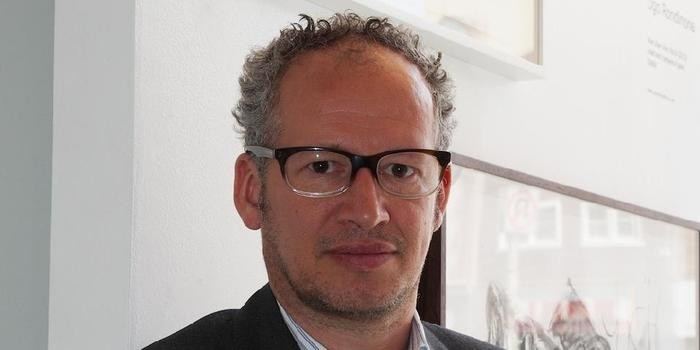
The 1990s and the Young British Artists
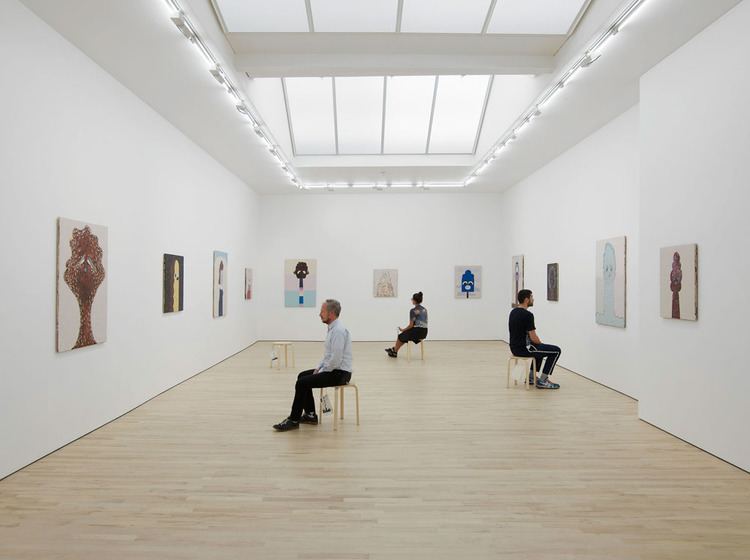
Freedman and Damien Hirst had been friends in Leeds before Hirst moved to London. Following Damien Hirst's seminal 1988 show Freeze, Freedman, with Billee Sellman, curated two influential "warehouse" shows in 1990, Modern Medicine and Gambler, in a Bermondsey former factory they designated Building One. To stage Modern Medicine they succeeded in raising £1,000 sponsorships from artworld figures including Charles Saatchi. Freedman has spoken about the self-fulfilling prophecy these sponsors helped to create.
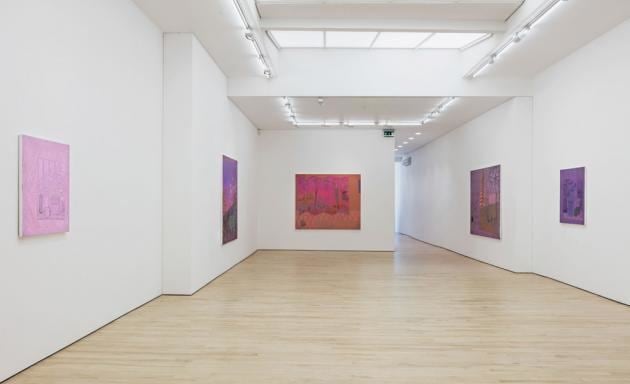
Saatchi arrived at Gambler in a green Bentley and, according to Freedman, was immediately impressed by (and then bought) Hirst's first major "animal" installation, A Thousand Years, consisting of a large glass case containing maggots and flies feeding off a rotting cow's head. (The installation was later a notable feature of the Sensation exhibition.) At this early stage, Freedman was financing the production of Hirst's vitrines, and has commented that not many people attended these early shows, including Freeze.
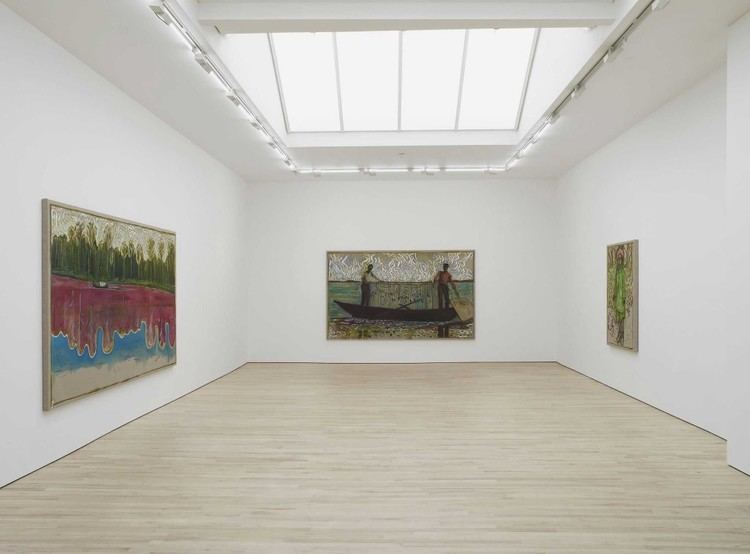
In 1994, Freedman toured the US with Tracey Emin, driving in a Cadillac from San Francisco to New York, making stops en route where she gave readings from her autobiographical book Exploration of the Soul to finance the trip.
The couple also spent time by the sea in Whitstable together, using the beach-hut, which she uprooted and turned into art in 1999 with the title The Last Thing I Said to You is Don't Leave Me Here, and which was destroyed (along with her "tent") in the 2004 Momart warehouse fire.
In 1995, Freedman curated the show Minky Manky at the South London Gallery. At the time Emin was relatively unknown. Freedman, concerned that he would be accused of nepotism, challenged Emin to make a great work. The result was Emin's famous "tent" Everyone I have Ever Slept With 1963–1995, which was first exhibited in the show. Freedman's interview with her appears in the catalogue. Other featured artists were Sarah Lucas, Gary Hume, Damien Hirst, Mat Collishaw, Gilbert & George, Critical Décor and Stephen Pippin. Freedman said one of the show's themes was:
the artist as a subject, and (to) explore the relationship between the art on the wall and its creator, to make the whole thing more humanistic. And in there somewhere there is the beginnings of a thesis on the relationship and similarities between madness and modernism, for example, defiance of authority, nihilism, examples of extreme relativism, strange transformations of the self, irrationality, and things like that.Minky Manky also went to the Arnolfini gallery, Bristol.
As interest in the YBA's reached a peak in 1996-7, Freedman was a regular writer for The Guardian.
Carl Freedman Gallery
In 2000, he started the business Counter Editions with Matthew Slotover, publisher of Frieze magazine, (Slotover has since left) to sell prints online by artists such as Jake and Dinos Chapman, Emin and Rachel Whiteread. In 2003, he opened Counter Gallery in Charlotte Road, Shoreditch, East London to sell original works. The launch was attended by Emin, Hume, Gavin Turk, Rachel Whiteread, Gillian Wearing and the Chapman brothers. The opening show had works by Simon Martin, an art lecturer and YBA contemporary. Since then the gallery has continued to grant solo shows to its artists, including Peter Peri, Gareth McConnell, Michael Fullerton, Armando Andrade Tudela, Fergal Stapleton and Tatiana Echeverri Fernandez, holding around seven exhibitions a year. In 2007, the gallery changed its name to Carl Freedman Gallery.
